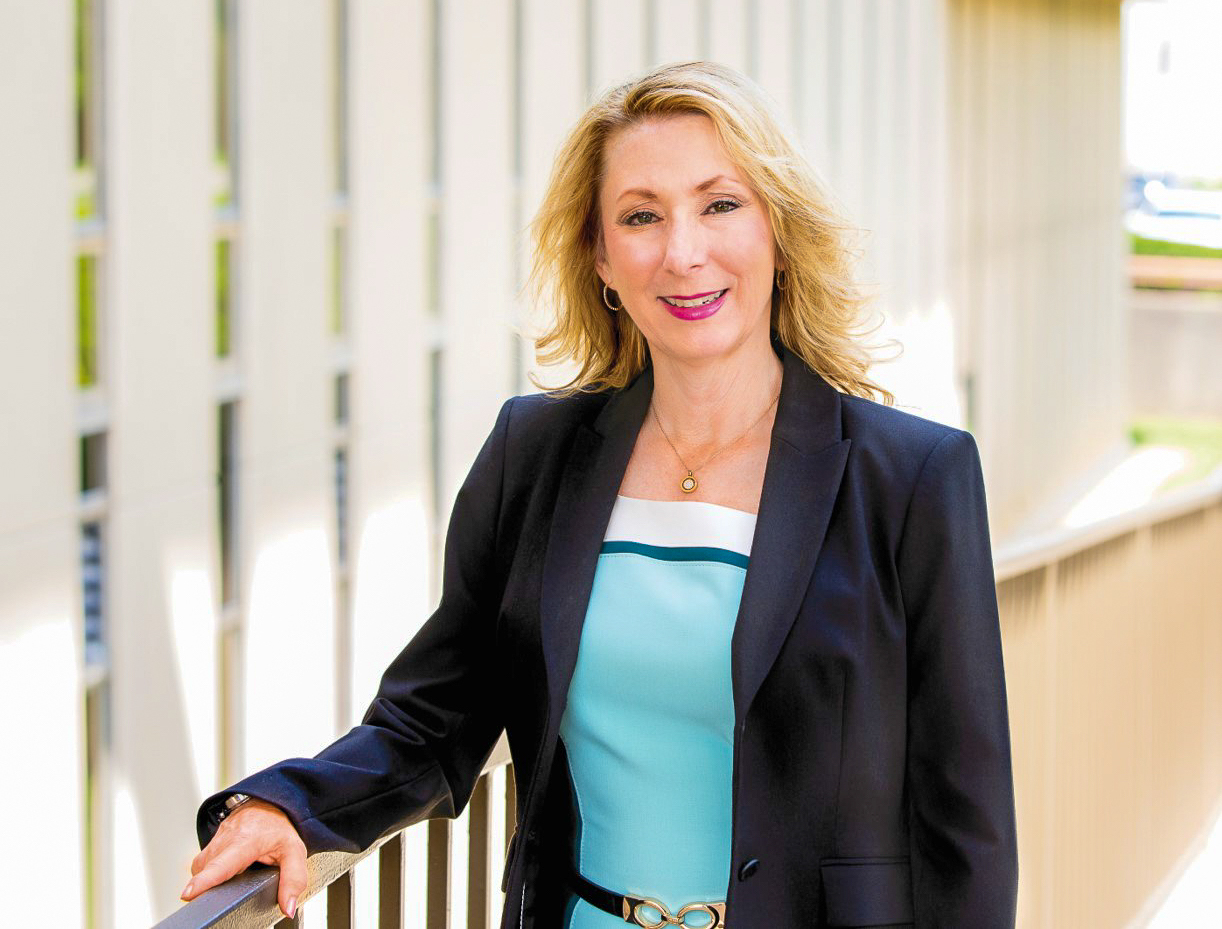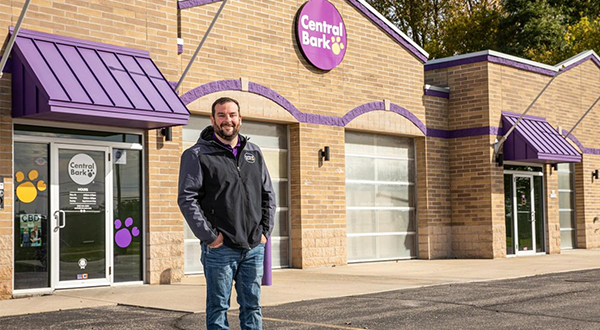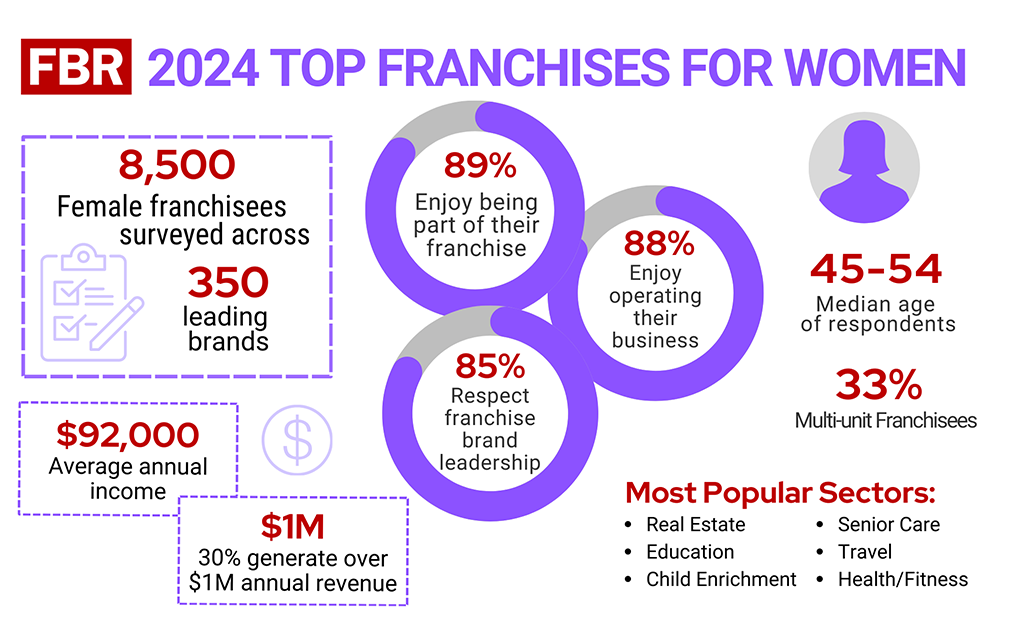Over the past several weeks, the novel coronavirus has prompted in-home health care companies to intensify their franchisee support efforts. Within days of the outbreak, franchisors stepped up their communications; sourced and shipped scarce personal protective equipment (PPE); and spent hours synthesizing and reporting out policy changes that would affect how their franchisees could operate within their regions, states, and municipalities.
Nursing homes and long-term care facilities have been particularly hard-hit by the coronavirus. For example, in New York State, more than 25% of the state’s fatalities, or 4,813 people, were residents of nursing homes, according to a May article published in The New York Times. These staggering numbers have prompted families to begin honest conversations about how they want to care for aging loved ones, prompting many to look at in-home care as an option, said Brian Petranick, President and CEO of Right at Home, which operates 650 franchises globally, including more than 500 locations in the United States.
“This has made us look at our health care system in a different way,” Petranick said. “Actively planning and proactively discussing care options is a really good thing and most people don’t do it.”
At the same time, the pandemic inspired franchisors to adapt some new best practices that they intend to take forward with them to even better serve their franchisees and pave the way for a solid financial future.
A Strong Start to 2020, Hopeful Projections for the Future
Thanks to an aging population expected to triple by 2050, the in-home care sector is one of the fastest-growing segments within the health care industry. Between 2010 and 2018, Right at Home nearly doubled its North American locations from 241 to 471 and grew its international locations from 2 to 100. The coronavirus may have cooled activity in the short-term, but it isn’t likely to freeze in the long-term, if you look at demographics and past demand.
Some franchises in Right at Home’s system report numbers being up, while others are reporting lower numbers—largely dependent on whether or not they were tied to government contracts, said Petranick. Still, demand for caregiving services remains high, with the volume of calls, social media and web site engagement all up.
“Most offices are performing where they were before COVID-19, give or take a few percentage points,” he said.
Janet Pollard, marketing director of CarePatrol, a senior care placement franchise that operates 150 locations, said that during the first quarter of 2020, her company saw a 19% year-over-year increase in revenues. This could change in the second quarter, she said, because some states put temporary holds on move-ins to assisted living facilities.
“We believe this will not impact us for the long term; rather, it’s just a temporary pause in some areas,” she said.
Established franchisees have actually been able to leverage the COVID-19 difficulty into an opportunity and are performing at record numbers, said Angela O’Lea, CEO of Assisted Living Locators, which operates 130 locations. Newer franchisees who don’t yet have the well-established referral relationships have experienced more challenges and have had to quickly adapt to embracing online technologies to network, she said.
Interested in becoming a senior care franchisee? We surveyed 1,633 active franchise owners in the senior care sector to determine the 14 best franchise opportunities. See the list here.
For those companies that have experienced dips in business, the key reason for that dip has been largely due to institutions restricting caregivers from working in their buildings. According to both Visiting Angels, which has more than 650 global locations, and BrightStar Care, which has 340 locations, 10% to 15% of each of their client bases have paused care during the pandemic to date.
Jamie Davis, executive director of franchise development for FirstLight Home Care, which operates more than 250 locations, said his system initially saw a slight decline in their main KPI hours per week of about 7% at the beginning of the pandemic. However, numbers are already beginning to rise.
Despite some valleys in-home care businesses are experiencing right now, most expect they’ll dig out of them soon. Assisted Living Locators stands ready to serve clients when they are ready to receive them, said O’Lea.
“We have leveraged our relationships with home care and support services for those clients who are sheltering at home and many of our clients have delayed the transition to assisted living unless the move was needs-based or a financial necessity,” O’Lea said. “Once they know it is now safe to leave their home, we expect a flood of new business for our franchisees.”
Supporting Franchisees in New Ways
To help their franchisees navigate the complexity of the coronavirus pandemic, in-home care companies took on new roles and intensified efforts to provide support in a variety of new ways.
Home Helpers Home Care, which operates 300 units, gave franchisees the option to defer their royalty payments. They could choose to defer their payments beginning in early March but will pick up their regular payment schedules in the fall.
“Some franchisees felt they needed it, and some didn’t. But we wanted to be part of the economic solution, not the problem,” said Emma Dickison, CEO of Home Helpers and president of the Homecare Association of America, which represents 3,000 companies.

Pictured Above: CEO of Home Helpers and president of the Homecare Association of America, Emma Dickison
Other in-home health care competitors, such as Right at Home, Assisted Living Locators, CarePatrol, First Light, Senior Care Authority, and Visiting Angels all reported making royalty deferment programs available to franchisees. Most also provided advice about the CARES Act or helped connect owners to lenders who could help them apply for the Paycheck Protection Program, for example.
David Ritterling, senior vice president of global operations for Visiting Angels, which has 638 locations throughout the United States, Canada, Mexico, and South Korea, said he expected there would be a “mass outcry” from franchisees to stop paying royalties. However, fewer than 2% of the system’s franchises are doing that. Ritterling said newer Visiting Angels franchises that pay the minimum royalty and standard fee will only be required to pay royalties on actual revenues. The company is not pulling back spending on marketing and is investing in social media campaigns, television and radio, he said.
“It’s not a time to cocoon. It’s a time to reach out rather than hunker down,” he said.
CarePatrol, headquartered in Gilbert, Arizona, gave its franchisees the option to defer their April and May royalty payments and then recently decided to offer more support to those in their system who were struggling by allowing them to defer payments to the last month of their franchise agreement, said Pollard. The company is also offering to pay for one placement fee to those who qualify, she said.
Offering Additional Protection
In addition to deferring royalty payments, franchisors recognized quickly that franchisees as individual units would have a difficult time securing the personal protective equipment (PPE) needed to legally and safely operate.
BrightStar Care, headquartered in Gurnee, IL and operating in 340 locations, invested more than $2 million in PPE to not only supply locations with equipment during the crisis, but to also ensure franchisees would have enough equipment throughout the coming months. The brand stood up a procurement and distribution center in less than 4 weeks, according to Shelly Sun, founder and CEO of BrightStar Care.
“Our team leveraged resources across the globe to secure the necessary personal protective equipment,” she said.
Right at Home also got into the PPE sourcing and distribution business, supplying and paying for thousands of pieces of PPE that it shipped – free of charge – to its locations. In addition, the company repurposed its company store to sell additional pieces of PPE at a wholesale cost.
“It was the right thing to do and we didn’t want it to be a barrier for clients and their families,” Petranick said. “The franchise owners were incredibly thankful they were able to receive PPE at no cost or at a reduced cost.”
Amplifying Communication Efforts
In-home care companies not only helped their franchisees acquire financial and personal protection, but they also restructured their corporate infrastructure to ensure that owners were well-informed and equipped to manage their businesses under new conditions.
Right at Home knew as early as February that the coronavirus might affect the in-home care business and created a task force right away that initially met twice weekly, and then met twice a day, Petranick said. The corporate office also shifted one team member to a role solely focused on COVID-19 regulations and data collection. She looked at policy changes at all levels, briefed the corporate team, and fed individual locations critical information. In addition, Right at Home held weekly town hall calls with franchise owners, coalesced regional engagement teams, and also held state calls. The increase in communication paid off in big dividends.
“We experienced a 300% average engagement increase in our town hall calls,” he said.
FirstLight also formed a COVID-19 taskforce that has been conducting systemwide calls four days each week, with business development directors leading weekly regional calls as well, Davis said. The company also holds weekly calls specifically related to networking and recruiting during the crisis.
“During those calls, we’re sharing best practices and ideas from the field, reviewing clinical questions and scenarios, and discussing legislative and financial updates to keep our franchise owners completely up to date and supported,” she said.
This particular crisis has illuminated the value of being part of a franchise network that you can rely on during uncertain times, Denison said.
“If I were independent in this space right now, I’d be frightened. How do you weed through all of this overwhelming information? Where do you get resources you’ve never had to get in the past?” she said. “If you have no one to help you through or don’t belong to a strong association, it would be very frightening right now.”

Picture Provided by Right at Home
No Shortage of Recruits
While franchisors directed the bulk of their efforts towards supporting existing franchisees, many also found that they were still attracting interested candidates eager to participate in discovery days and other recruitment activities. With face-to-face meetings on hold due to the pandemic, franchisors leveraged technology to maintain and improve the quality of contact with their candidates.
“At Home Helpers, we have not seen a decline in the number of leads of interested parties considering Home Helpers as a business opportunity,” said Dickison. Although candidates aren’t flying in to meet corporate staff, they are still meeting them virtually in video conference meetings, she said.
Right at Home chose to pause recruitment efforts with a candidate when the pandemic hit but invited prospective candidates to sit in on state calls to gain a full understanding of the dynamics the company was facing.
“There was no way we would bring on a new owner or do a resale in this environment unless they understood the dynamics,” he said. “Slowing down was the right thing for everyone to do in that process.”
Frank Sampson, founder of Senior Care Authority, which operates 70 locations, said demand for franchises has never been greater since he’s been in business.
“We expect our third quarter and beyond to be one of our best for new franchises. Families will need even more advice and assistance then they did prior to COVID-19.”
Recession Proof Sector
With talk of a looming recession, the in-home care industry needs only to look at past recessions to confidently predict it will weather this latest one, too.
Home Helpers saw business go up 27.8% in 2008, before climbing another 18.8% in 2009. In-home care is often the last piece people consider when they are looking to downscale their expenses, Dickison said.
Visiting Angels experienced a 15% dip in 2009, but by 2010, business went back up 30%, Ritterling said.
Right at Home also reported strong growth during that time period and experienced tremendous success recruiting recently laid-off workers who did not want to return to the corporate world, Petranick said.
CarePatrol, which began franchising in 2009, also benefitted from the pipeline of qualified franchisees resulting from the last recession and experienced little downturn as a result of the weaker economy.
“Prior to franchising, our business was recession resistant. The downturn in business was slight because senior care is a needs-based business,” Pollard said.
Interested in becoming a senior care franchisee? We surveyed 1,633 active franchise owners in the senior care sector to determine the 14 best franchise opportunities. See the list here.
Lessons Learned
The ability to adapt has enabled franchisors to not only bring their franchisees through the crisis, but also consider ways in which they might adjust their business practices to better serve them in the future. Leadership agreed that the heightened communications required of them as a result of the pandemic helped them increase touchpoints and boost franchisee engagement, for example. It also allowed them to test ways in which they might use technology to better educate both franchisees and caregivers.
Each of the companies plans on keeping some of the practices it’s developed to respond to the crisis going forward. For example, Visiting Angels plans to use technology a lot more to assess new clients and start cases, and also to reach interested candidates in rural locations. Right at Home plans to continue its model of frequent calls out to franchisees to better share corporate expertise with the field. BrightStar Care will continue to maintain supplies of PPE to keep clients and caregivers safe.
All are optimistic that in-home care will adjust to the new challenges that seniors and their families now face and will be an important piece of the health care continuum going forward.
“With individuals coming out of senior living communities and into homes (whether their home or the home of an adult child) as a result of COVID-19, we believe the pandemic will further raise awareness for home care as an option for seniors,” Davis said.
Picture Provided by Visiting Angels
Interested in becoming a senior care franchisee? We surveyed 1,633 active franchise owners in the senior care sector to determine the best franchise opportunities. See the list here.



